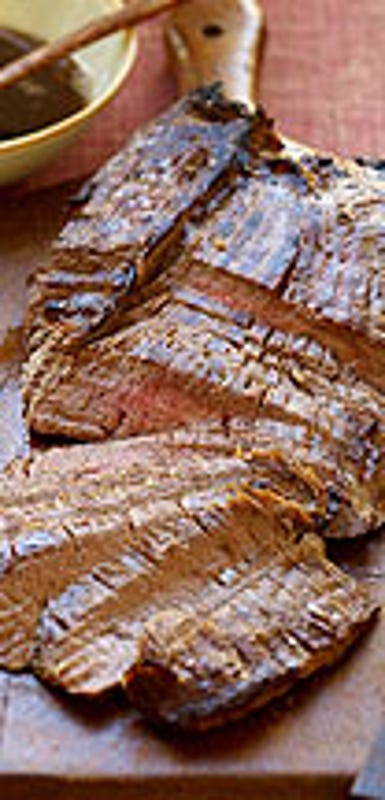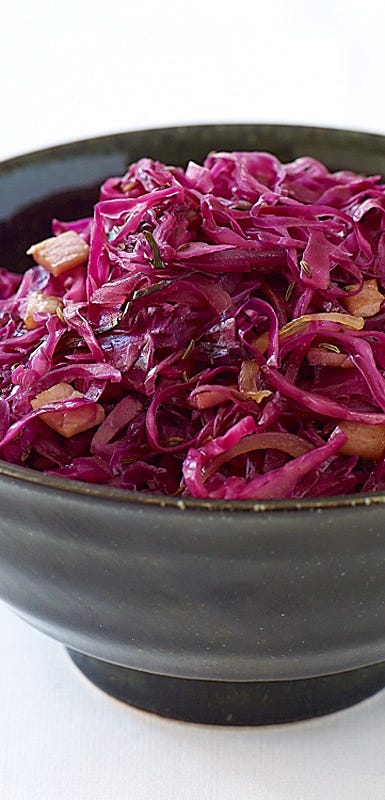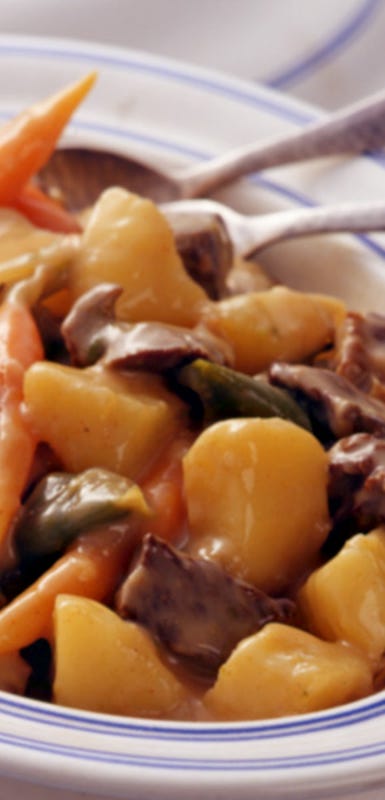How Much Do You Know About Irish Food?
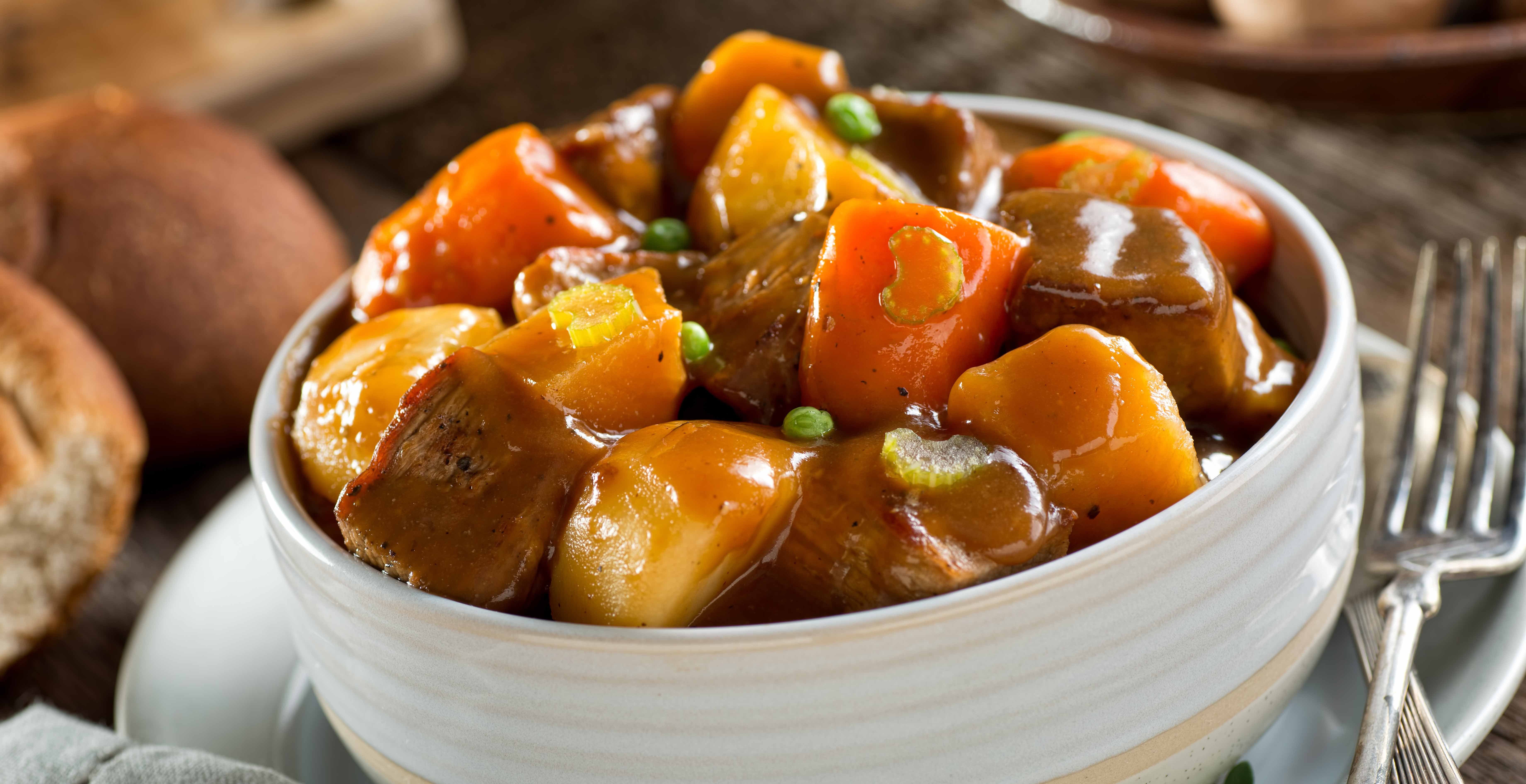
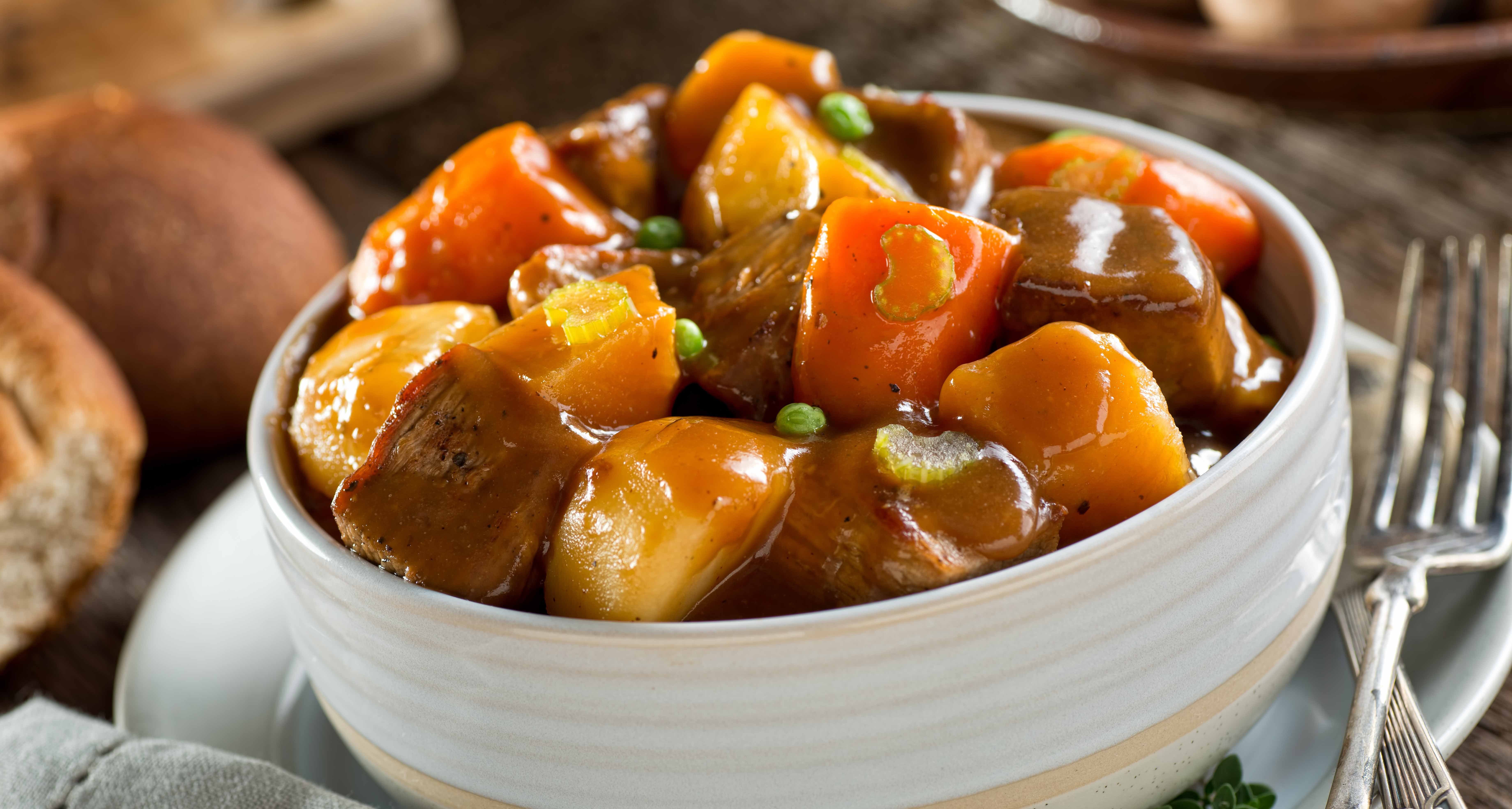
With St. Patrick's Day fast approaching it's always fun to bring out the shamrocks, rock those green clothes, and pour yourself a tall pint of Guinness. It's also a great opportunity to get to know some of Ireland's most famous dishes. Not only are these traditional foods tasty, they have a rich history steeped in resilience during times of extreme poverty and famine. Due to the fact that many of these recipes originated during famine and political strife, you'll find these foods are naturally fairly light on rich ingredients. This St. Patrick's Day skip the crowded bars and green beer for a time-honoured Irish meal you and your family will love.
Irish stew
An important symbol of the perseverance of Irish people during economic strife, Irish stew was especially critical during the mid-19th century when the Great Famine occurred. During this time of extreme food-shortage sheep were kept until they were mature animals for their wool, milk and eventual meat for stewing. Mutton was therefore very tough and by stewing the meat over several days it would eventually tenderize and become more palatable. Onions and potatoes were added for flavour although later versions would go on to include beef in place of the mutton, carrots, and barley. According to Canadian food labelling laws, commercially made Irish stew must contain at least 20 per cent stewing mutton, beef or lamb, and 30 per cent or more of vegetables. Modernized versions of Irish stew are often made with the addition of Guinness beer or may contain a mixture of lamb and beef in place of the mutton.
Colcannon
Colcannon is an Irish potato dish made with kale or cabbage, mashed potatoes, milk, salt and pepper. Colcannon has many variations in the way it's prepared, with each home cook having his or her own take on this classic recipe. Some newer versions include the addition of chives, scallions, ramps, garlic, and leeks. Although kale and cabbage are the traditional greens added to this dish, feel free to experiment with Napa cabbage, chard, and broccoli rabe. Colcannon has historically been served with boiled ham but makes a delicious side for any roasted meat or poultry.
Irish soda bread
A staple at any meal, Irish soda bread is made without the use of yeast as a leavening agent. Instead of yeast, this quick bread relies on a chemical reaction between baking soda and buttermilk to produce a delicious loaf without the need for kneading or a rising time. In fact, when making Irish soda bread, the less time spent mixing the ingredients and forming them into a loaf the better. Some Irish soda breads omit the buttermilk and instead add yogurt or a stout beer. Irish soda bread can be served plain or with the addition of raisins or caraway seeds. One of the best ways to serve it, however, is alongside a hot bowl of Irish stew.
Corned beef with cabbage
More of an Irish-American dish than a traditional Irish recipe, corned beef with cabbage is comfort food at its best. What separates corned beef from traditional Irish food is the fact that cows weren't raised for their meat in Ireland, but for their strength as working farm animals. Corned beef, which is essentially beef that has been brined in salt and other spices, is the result of beef having to be stored in salt due to the rarity of its usage. Corned beef's popularity amongst Irish-Americans has been attributed to the influence of Jewish cuisine during a time when newly arrived immigrants would form alliances after coming to America on boats. Despite the non-traditional nature of corned beef, which is basically brisket with the addition of cabbage and carrots, this dish still has widespread appeal as a special St. Patrick's Day meal.

